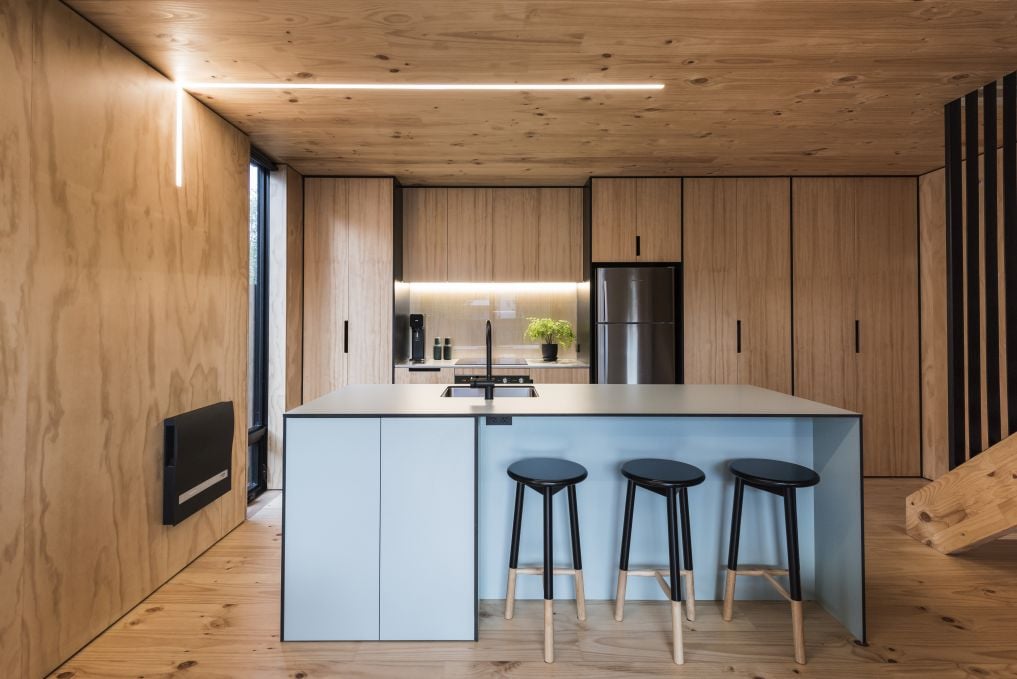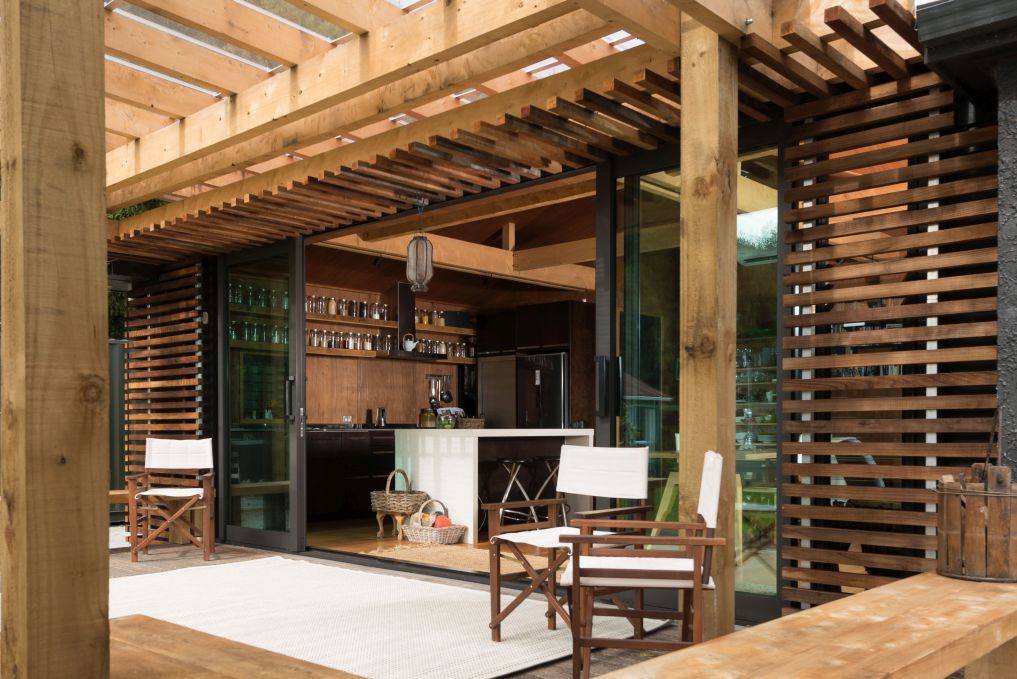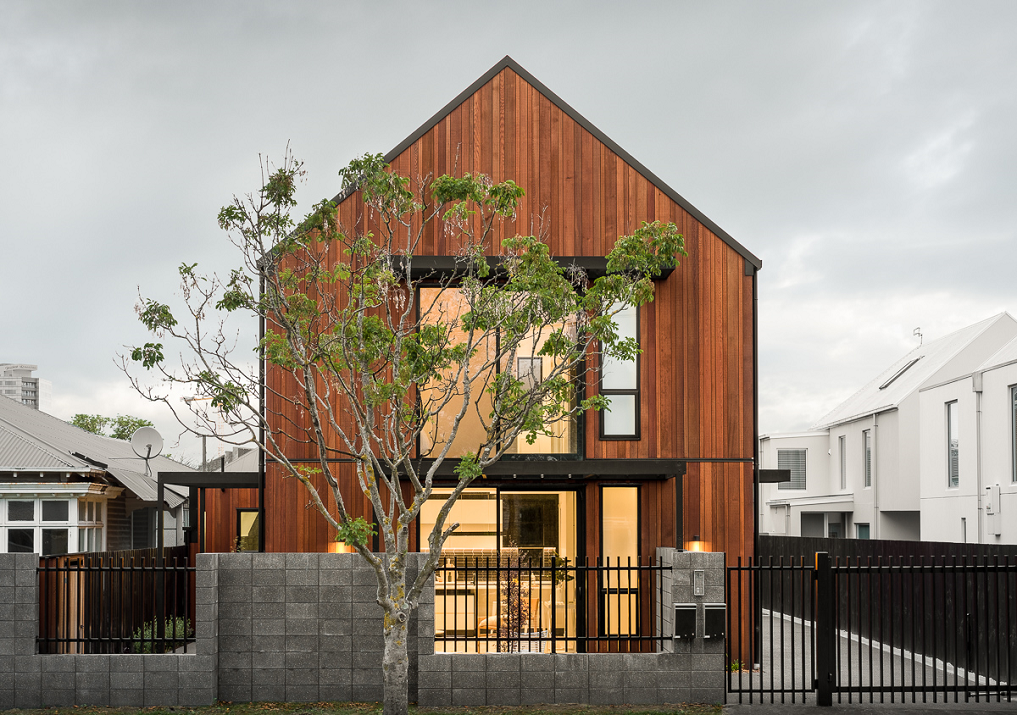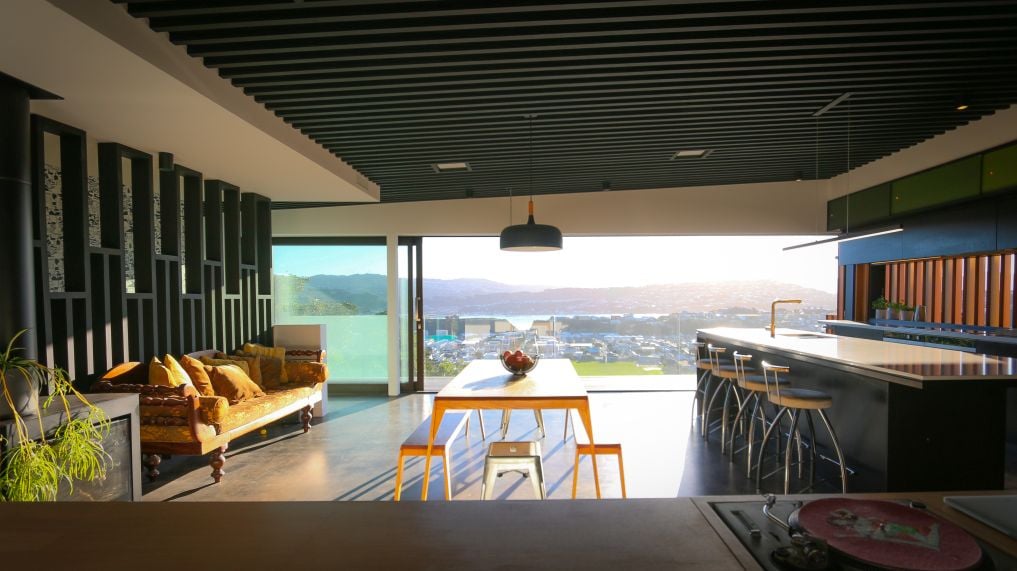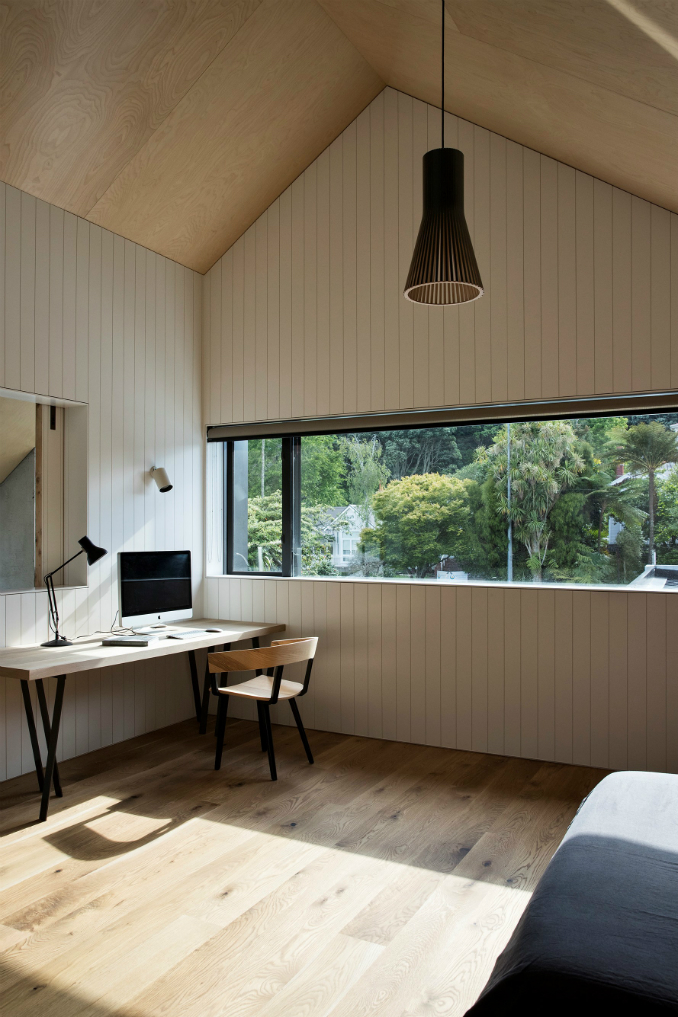Light in our homes - artificial and natural - has moved beyond its patent purpose. While many of the core functions in designed spaces delight the imagination such as illumination, revelation of form, or directing focus, they are still only the beginning of why lighting has such a glowing reputation - pun intended.
With our growing understanding of the physiological impact of light on human beings, from regulating the production of melatonin to stimulating serotonin our ‘happy’ juice, we’re switched on to its many practical benefits, and designers are increasingly playful with the aesthetic possibilities too.
From unimposing accent lighting that subtly builds on a mood to bold, eye catching statement pieces that are dynamic protagonists in design stories, artificial lights have come a long way since Edison.
Designers such as Mitchell Coll of Coll Architecture are fluent in light language as illustrated by his award-winning workingman’s cottages on Madras Street in Christchurch. Governed by principles of energy efficiency, sustainability and durability, the lighting may be the perfect finishing touch to the development, but it’s inclusion was never an afterthought.
“The main thing we wanted to do around the detailing of the lighting was to ensure that it contributed to a feeling of the design being whole rather than the lighting being an afterthought which is often the case. This is where we got in to using the custom recessed striplights and stepping away from market fittings. In other areas, we didn’t want to go overboard on the expense so we used batten hangers.
“The other part with lighting is trying to get the wattage and location right for the usage or usages of the room. Where we need multiple lights for working and relaxing, we can introduce dimmers. In Madras Street, we used low wattage lights located in places like the apex of the ceiling which created a low glow across the room. When you are home and want to relax, you don’t need a working level of light.”
Like artificial light, natural light is often used to articulate spaces, expand and accentuate rooms, delineate between areas, and create ambience. Beyond this, it serves many great purposes, such as achieving optimal thermal comfort and minimising peak energy demand.
David Maurice of LTD Architectural Design Studio is adept at both taming and liberating organic light sources to create magic in homes. David’s extraordinary use of natural lighting is showcased in his Puhoi based ‘back country house’. Inspired by energy efficient values, the strategic placement of skylights harnesses the best Mother Nature has to offer.
David says a key consideration was how to get the house to warm up as early as possible in the winter months and to get that ‘first light of the day’ in and deep into the floor plan. “It’s not so much the same in summer though, it can be too full on. With natural light, there is the diffused or ambient light from the south which is easier to deal with - so the more the better here, and then direct light, which you are trying to control because it can be problematic if you have too much of it and it can overcook the house.” Control mechanisms for this challenge include shutters, blinds, screenings and roof overhangs.
“A big part of what I’m trying to gauge from the client at the start is their different preferences. It’s not just the amount of light they prefer, it’s the types of light. You can get software based models, which will never quite tell you exactly the quality of light you are going to get at particular times during the day and the year, so this is where local knowledge is important.”
